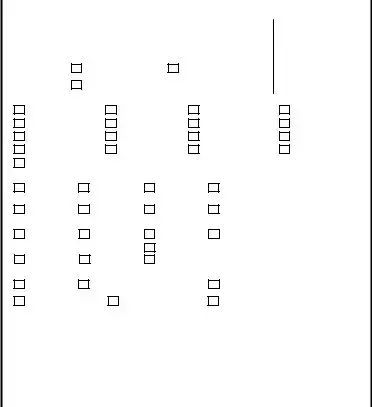The Joint Tactical Airstrike Request (JTAR) Form shares similarities with the Tactical Air Control Party (TACP) Airstrike Request Form, commonly used to facilitate ground-to-air communication regarding the need for air support in combat situations. Both forms serve as structured tools for requesting aerial support, highlighting specific information about the target, desired munitions, and the timing of the attack. They demand precise details such as target coordinates, type of target (e.g., armored vehicles, troop concentrations), and the desired outcome of the airstrike (e.g., destroy, neutralize). This level of detail ensures that airborne assets can effectively support ground operations and achieve the intended tactical objectives with minimal collateral damage.
Similarly, the JTAR Form has commonalities with the Naval Gunfire Support Request Form, which is used by units to request support from naval ships' artillery. Although the domains of application (air for JTAR and sea for naval gunfire) are different, both forms require detailed information about the target, including its location, description, and desired timing for the support. These forms ensure that supporting units, whether air or naval, can accurately deliver their firepower to support ground operations. By detailing specifics such as target coordinates and timing, these request forms enhance the precision and efficacy of external support in combat scenarios.
The JTAR also aligns with the Fire Support Coordination Form, a document used for planning and coordinating indirect fire support (e.g., artillery, mortars). This documentation encompasses information critical to ensuring that fires are coordinated in time and space to support the maneuver of friendly forces, avoid fratricide, and optimize the effects on the enemy. Both the JTAR and Fire Support Coordination Forms require detailed information about the target area, the nature of the target, and the desired effects, ensuring that the support provided is synchronized with the overall tactical plan and adheres to the principles of economy of force and prevention of friendly fire.
Additionally, the JTAR Form parallels the Special Operations Forces (SOF) Direct Action Mission Planning Form. While the SOF document is tailored toward the unique requirements of special operations missions, including stealth, precision, and a high degree of coordination, both forms necessitate detailed operational planning. They both focus on clearly defining the mission objectives, target details, execution timelines, and specific support requirements. This precision enables a coordinated effort that maximizes the effectiveness of the mission while minimizing risks to personnel and collateral damage.



